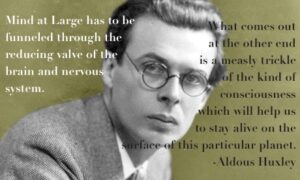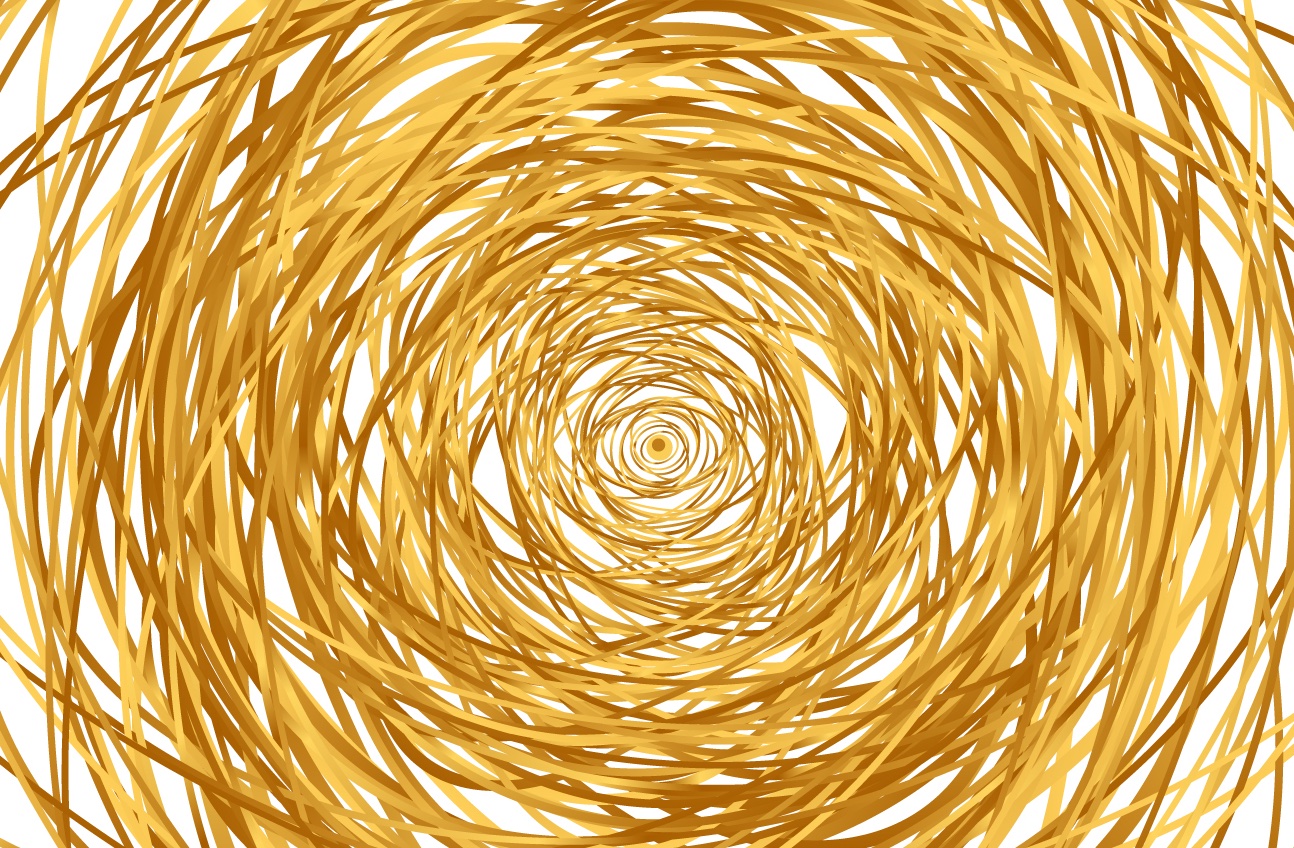Writing for the book draft has slowed. What started pre-retreat as a sense of edginess transmuted post-retreat into a conscious decision to step back from the keyboard. The edginess was a tectonic plate-like meeting of my drive to finish and my need to break this summer. Speaking with Rinpoche on retreat brought the “high lung” more clearly into my awareness…and the quieter voice of fatigue got the attention it was asking for. I won’t say it felt a relief to give up my goal to finish a first draft this summer…I am however appreciating the two-fold benefit of this release: a release of an old patterning; and a release back to the intention that has always underwritten my writing practice…
 …that being to use my writing as a vehicle for on-going mastery. Case in point: this past week I have immersed myself in the work of Thomas Fuchs*. Stepping back from the product, I am back in the process. And a focus on the phenomenology of Fuchs serves my desire to describe “complex presentations” to the book’s target audience of humanistic psychotherapists. According to his biography psychiatrist and philosopher Fuchs is the “Karl Jaspers Professor” at the University of Heidelberg, where he heads the section on Phenomenological Psychopathology and Psychotherapy in the University’s Department of Psychiatry. I first met his work about 3 years ago and was astounded that I hadn’t met it earlier – but maybe that is because I wasn’t ready to…having only fairly recently started to probe more deeply at what it is to be a humanistic psychotherapist, stepping out a little from a predominant Gestalt mode of working toward defining myself more toward a phenomenological practitioner. So while reading 3 or 4 papers / chapters per day isn’t most people’s idea of taking my foot off the accelerator, to me it is a luxury to read with the only goal of learning.
…that being to use my writing as a vehicle for on-going mastery. Case in point: this past week I have immersed myself in the work of Thomas Fuchs*. Stepping back from the product, I am back in the process. And a focus on the phenomenology of Fuchs serves my desire to describe “complex presentations” to the book’s target audience of humanistic psychotherapists. According to his biography psychiatrist and philosopher Fuchs is the “Karl Jaspers Professor” at the University of Heidelberg, where he heads the section on Phenomenological Psychopathology and Psychotherapy in the University’s Department of Psychiatry. I first met his work about 3 years ago and was astounded that I hadn’t met it earlier – but maybe that is because I wasn’t ready to…having only fairly recently started to probe more deeply at what it is to be a humanistic psychotherapist, stepping out a little from a predominant Gestalt mode of working toward defining myself more toward a phenomenological practitioner. So while reading 3 or 4 papers / chapters per day isn’t most people’s idea of taking my foot off the accelerator, to me it is a luxury to read with the only goal of learning.
…because, as I said to a friend over dinner last night, I always want to write from a first person perspective: not simply to regurgitate or summarise what someone else thinks…but to read extensively, contemplate and then put it into practice.
The Buddhist teachings describe how knowledge becomes wisdom: by listening (which includes reading), contemplating (critical thinking), and meditating (practice). The dharma pervades my approach to this kind of incorporation. An incorporation that is corporeal: which absolutely brings us to Fuchs!
 When I started to read my recently arrived copy of Fuchs’ “Ecology of the Brain” (2018), I was so excited to hear him talk of the brain NOT as the foundation of subjectivity but rather the “organ of mediation”. I put this definition in my collection of “anti” positivism views alongside the likes of Ian McGilchrist and Huxley; the brain as a filter, the brain as a reducing valve. There is no hard problem of consciousness if we see the brain as a receiving rather than generating apparatus…but I digress…I want to steer back to why Fuch’s work is so vital when a humanistic (and therefore phenomenological) therapist is considering the types of client presentation ordinarily described as “disorders”. This is important in my book, as its main thesis is to address what makes a humanistic psychotherapy: and there is a necessity, as psychotherapists, to feel confident in not just working with distress but also disturbance of mind (or we might use words such as neurosis versus personality disorders and psychosis). I remember the first time a client with a clinical diagnosis of “borderline” came to my private practice. It was perhaps the toughest yet most rewarding work I have ever done – a steep learning curve and yet undoubtedly deepening my confidence that therapy does evoke deep lasting change even in the saddest of relational trauma scenarios.
When I started to read my recently arrived copy of Fuchs’ “Ecology of the Brain” (2018), I was so excited to hear him talk of the brain NOT as the foundation of subjectivity but rather the “organ of mediation”. I put this definition in my collection of “anti” positivism views alongside the likes of Ian McGilchrist and Huxley; the brain as a filter, the brain as a reducing valve. There is no hard problem of consciousness if we see the brain as a receiving rather than generating apparatus…but I digress…I want to steer back to why Fuch’s work is so vital when a humanistic (and therefore phenomenological) therapist is considering the types of client presentation ordinarily described as “disorders”. This is important in my book, as its main thesis is to address what makes a humanistic psychotherapy: and there is a necessity, as psychotherapists, to feel confident in not just working with distress but also disturbance of mind (or we might use words such as neurosis versus personality disorders and psychosis). I remember the first time a client with a clinical diagnosis of “borderline” came to my private practice. It was perhaps the toughest yet most rewarding work I have ever done – a steep learning curve and yet undoubtedly deepening my confidence that therapy does evoke deep lasting change even in the saddest of relational trauma scenarios.
Understandably, humanistic practitioners are wary of diagnostic labels. Diagnoses come from the landscape of psychiatry and medicine. They carry a sense of a third person perspective, pointing to the “error” or disease being contained in the object of the patient. Traditional psychoanalysis, under the steer of its founder Freud, tried to emulate this medical view for it to be taken seriously; and psychoanalysis’ early history is one of dealing with the intrapsychic world of the (still named) patient. Contemporary psychodynamic therapy is a long way from its root; and like its cousin the humanistic tradition, therapy of today is more relational**. Needless to say, there is a lot more to unpack here: what I invite the reader to hold onto however is that we (therapy) have moved from personal deficiency to relational deficiency in describing disturbed processes of mind. In the psychodynamic approach, much has been written about presentations like borderline personality, narcissism, and schizoid through a more relational aetiology. And yet there can still be a confusion leading to the treatment being directed at something distorted in the client. A humanistic take is to shift from words like disorder to adaptation…but even better is to consider a process view…and so finally, to Fuchs.
Fuchs’ likes circles, and to my joy, he also likes spirals!*** Both conjure process rather than state, verbs rather than nouns. Let us put Fuch’s mediating organ in the middle. Fuch’s describes one circle down into the body; a second circle extends out into the world. So, we have a looping down into the body and back; we have looping out to the world and back. The self is the totality of these two, not separate looping processes. For Fuchs, “the concept of circularity [is] a means of explaining the relation between the phenomenology of lived experience and the dynamics of organism–environment interactions” (2020). He details three processes:
- A circular structure of embodiment – where, as described above, we have a homeostatic cycle between brain and body and a sensorimotor cycle between brain and body and environment
- A circular causality – which differs to the linear formulation of “a causes b” and characterises relating between parts and whole at both the level of the living organism as well as the organism-environment (i.e. how the two circles of in and down / up and out interact…this is where the spiral comes in, how exciting!)
- A circularity of process and structure – which at its essence might be expressed by the principle of “form follows function” (as opposed to the brain structure and neuronal network being the cause of experience), Fuchs argues for a continuous incorporation of lived experience, with development, learning, and memory formation conceived as a circularity of living process and solidified structure, continuously modifying each other.
There have of course been other attempts to shift the intrapsychic discourse to interpersonal, from using nouns to verbs when describing more intense complexity of psyche and disturbance. I think of Elinor Greenberg and Gary Yontef for instance: two Gestaltists who have ensured practitioners put the client’s lived experience to the fore. Both theorists encourage the rich descriptions at the heart of phenomenology when attending to the existential dilemmas that have been amplified in such client presentations. For instance, Greenberg has looked at the deficiencies at the heart of those “big three” of borderline, narcissistic, and schizoid process, identifying the client’s pursuit of love, praise, and security, respectively (2016). This has certainly helped my own practice of identifying where the client’s attentional focus might be placed in relationship…and I have used this to good effect, as detailed in my first book (Carter, 2023). One can thus begin to formulate where that lack arose (in formative relationships as an infant) and how that “there and then” is playing out in the “here and now”. A practitioner might also be able to help a client recognise not just why, but what and how is playing out (in the lived experience, in and out of the therapy room).
Yet Fuchs’ work potentially offers a more complete explication and working through…and another level of excitement for me is how this tallies with recent experiences of my Buddhist practice, namely how important the interaction between form (body) and consciousness (mind) is.
 Fuchs argues that we need to recast the mind-body problem (that has long plagued scientists, an example being the “hard problem of consciousness” noted above). Rather than question how the mind is related to the brain, how about we focus on how the lived body is related to the living body. The former is also called the subject body (Leib), a domain that is pre-reflective and carries a somewhat transparent sense. This lived body is the carrier of our life, mediating our perceptions and movements as a medium, yet remains in the background itself; situated at the threshold of life and experience. The living body (Körper) is more material (see the similarity with corpse); and it is as if it only materialises when fluent bodily functioning is disturbed. A writer that speaks to this very eloquently is Cavel (2013) – how the body suddenly appears in moments of illness (but equally, in moments of mishap like stubbing one’s toe!). In this way, the subject body becomes the object body. We will explore how this manifests in complex presentations later (e.g. eating disorders) but for now, think of the double touch phenomenon often used in phenomenology: if one’s right hand touches the left, the latter appears as a palpable object offering resistance to the right hand’s touch (i.e., as Körper); however, through a change of attention, it can also become a feeling hand, sensing the touch, that is, a part of the bodily subject (Leib). And so what Fuchs outlines for us is the living being that has dual aspects: not in the ontological or Cartesian split (mental being different to physical) but a dual aspect within embodiment (Fuchs, 2018). Two sides of the same coin!
Fuchs argues that we need to recast the mind-body problem (that has long plagued scientists, an example being the “hard problem of consciousness” noted above). Rather than question how the mind is related to the brain, how about we focus on how the lived body is related to the living body. The former is also called the subject body (Leib), a domain that is pre-reflective and carries a somewhat transparent sense. This lived body is the carrier of our life, mediating our perceptions and movements as a medium, yet remains in the background itself; situated at the threshold of life and experience. The living body (Körper) is more material (see the similarity with corpse); and it is as if it only materialises when fluent bodily functioning is disturbed. A writer that speaks to this very eloquently is Cavel (2013) – how the body suddenly appears in moments of illness (but equally, in moments of mishap like stubbing one’s toe!). In this way, the subject body becomes the object body. We will explore how this manifests in complex presentations later (e.g. eating disorders) but for now, think of the double touch phenomenon often used in phenomenology: if one’s right hand touches the left, the latter appears as a palpable object offering resistance to the right hand’s touch (i.e., as Körper); however, through a change of attention, it can also become a feeling hand, sensing the touch, that is, a part of the bodily subject (Leib). And so what Fuchs outlines for us is the living being that has dual aspects: not in the ontological or Cartesian split (mental being different to physical) but a dual aspect within embodiment (Fuchs, 2018). Two sides of the same coin!
Again, my Buddhist path has helped me not throw out the baby with the bath water: we need both the baby’s form and the watery energy of its experiencing. To practice non-duality is to honour the both / and – or the dialectic as I am stressing in my book. Both experiential and physiological processes belong, neither prioritised over the other, both shifting forward / receding backward depending on the environmental “affordances” and organism needs. Fuchs gives the example of a doctor meeting a patient. A skilled physician can ride the edge of the double-sided coin: to meet the patient as person (Husserl’s personalistic) and to examine the biology (the naturalistic). To meet mind, to know brain.
As an aside, I want to quickly fill in a gap I have left above…that between these two mediums, energy flows. Ian McGilchrist gives the example of how water (flow) forms a vortex (structure) in a parallel of mind and brain – the difference is the rate of energy. In Buddhist terms, this is working with the subtle body that exists somewhere between purely mental (mind) and purely physical (body). Tsoknyi Rinpoche, quoting his father Tulku Urgyen while on retreat with him last week pointed out that “mind is the subtle body, body is the gross mind”.
The embodied mind contains the two loops or cycles described before: there is the in and down loop of organismic self-regulation, engendering a basic bodily sense of self; and the sensorimotor “extending” out (as actor) between the organism and environment, thus giving us an ecological self. Bringing in the language of Heidegger (as the “ready to hand” ness of the world, 1962) or Merleau-Ponty (“being-toward-the-world”, 1962) this is the ecological self as grounded in the bodily awareness of the basic self (or interoception). When scrutinising this second loop a little more, Fuchs offers us a term originally captured by Gibson as “affordances”, or “The uses of things are directly perceived” (1982, pg 409). Such affordances are “neither an objective property nor a subjective property; or it is both if you like” (Gibson, 1979, p. 129). In another dual aspect:
- the living being makes sense of the environment as affording certain possibilities of action, based on the needs and desires of the lived body; is subjective aspect.
- simulatanously, the environment offers precisely these possibilities of interaction, thus providing for the living or object body; is objective aspect
I hope this is starting to conjure the both / and apparent at both looping levels; and why Fuchs likes to use a spiral – as if we were looking at the up / down and in / out from above (like looking at a spiral from above, we only see a circle).
I also hope that this starts to set the scene for how we might describe some of the complex relations and thus possibilities for distortions (whether they be at the level of the micro processes in the first looping, or the more macro level of the organism-environment loop).
For now, let us take a pause by arriving back where we started – the brain. The role of the brain, as mediating organ therefore is the organism’s sense-making in terms of spatial and temporal loops extending into the environment, crucially mediated by the whole body and its intentions.
It is tempting to flesh**** this out, but keeping in mind my own space-time continuum, it is time to pause and step back. More in a few weeks after a summer holiday – where my reading time will be fiction!
Carter, H. (2023). Weaving the Paths of Buddhism and Psychotherapy: The Practice of Human Being. United Kingdom: Taylor & Francis.
Carel, H. (2013). Bodily doubt. Journal of Consciousness Studies, 20(7-8), 178-197.
Fuchs, T. (2018). Ecology of the Brain. The Phenomenology And Biology Of The Embodied Mind. Oxford: Oxford University Press.
Fuchs T (2020) The Circularity of the Embodied Mind. Front. Psychol. 11:1707.
Greenberg, E. (2016). Borderline, Narcissistic, and Schizoid Adaptations: The Pursuit of Love, Admiration, and Safety. United States: Greenbrooke Press.
Featured image thanks to www.freepik.com
———————
*Yes, my version of summer holiday reading!
**Even CBT, that retains a focus on “correcting” distorted thinking of the client
***I love spirals, ever since meeting transpersonal writer Michael Washburn’s work and his central metaphor for the spiritual path is the spiral. The image above from William Blake, his “Jacob’s ladder” epitomises this non-linear movement
****I trust Merleau-Ponty fans will get this pun!

